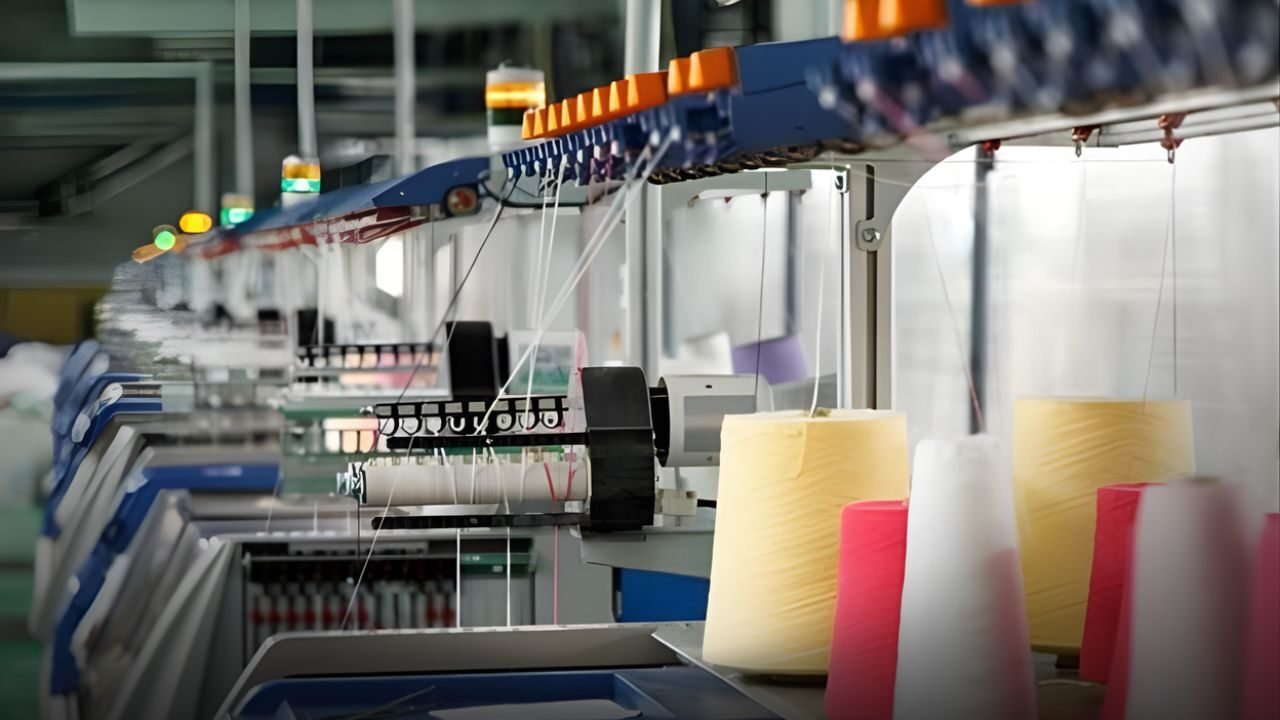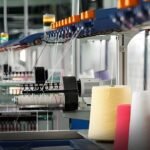By Farooq Awan
Pakistan is aiming to make its textile and apparel industry a global powerhouse, focusing on expanding Pakistan textile exports, attracting investments, and promoting sustainable growth. Officials say this framework could reshape one of the country’s most important industries.
The Textile and Apparel Policy 2025–30 lays out a clear roadmap to strengthen production, diversify products and markets, and meet international standards in Pakistan’s largest export sector.
Pakistan textile exports set new five-year growth targets
The draft available with this reporter shows that the policy focuses on practical, inclusive, and consistent steps to create a business-friendly environment.
It highlights reducing the cost of doing business, achieving economies of scale, integrating into global value chains, and promoting the “Made in Pakistan” brand internationally. The plan also emphasizes technology, sustainability, and inclusivity to raise productivity and competitiveness.
Officials hope the policy will establish Pakistan as a competitive, sustainable, and high-value manufacturing hub for textiles and apparel.
By using the country’s natural resources, skilled labor, and strategic location, the government aims to drive export-led industrial development and economic growth.
The mission emphasizes cutting production costs, encouraging innovation, adding value, maximizing efficiency, and maintaining eco-friendly and transparent business practices.
The draft sets several export targets over the next five years, forecasting total textile and apparel exports between $30 billion and $41 billion by 2029–30.
Based on historical growth and sector potential, exports are expected to rise from $19.37 billion in 2025–26 to $30.08 billion by 2029–30, with a high-growth scenario reaching $41.51 billion by the end of the period.
Diversifying textile products beyond cotton-based items
To meet these goals, the policy calls for long-term government commitment, inter-ministerial coordination, and consistent implementation.
It identifies five core objectives: creating a better business environment, promoting value-added products with local materials, attracting export-driven investment, ensuring sustainable manufacturing practices, and improving workforce skills through training.
The plan also addresses long-standing challenges in the industry. It recommends regionally competitive energy rates, better access to credit through export financing and insurance, fair taxation, and upgraded infrastructure.
Targeted fiscal and energy policies aim to lower costs while encouraging modernization and technology adoption.
The policy encourages moving beyond cotton-based items to include manmade fibers, technical textiles, and sustainable materials. Plans include building integrated textile and apparel parks, setting national product standards, and upgrading ginning and spinning facilities to improve quality and efficiency.
Strengthening institutions to support textile manufacturers
Institutional reforms are also central. The draft suggests strengthening coordination between the Ministry of Commerce, Textile Wing, Trade Development Authority of Pakistan, and other agencies.
It recommends building institutional capacity to provide research, marketing, and export support for manufacturers and exporters.
Sustainable manufacturing practices and environmental compliance
Sustainability, labor standards, and environmental protection are key themes. The policy calls for adopting green technologies, managing resources efficiently, and following environmental and social safeguards.
It emphasizes Pakistan’s commitment to ethical manufacturing, traceability, and circular economy practices.
Government policies to reduce costs and attract investment
Finally, the framework highlights that its success depends on stable economic conditions, policy continuity, and strong collaboration between public and private stakeholders.
Officials believe that if implemented effectively, the measures could turn Pakistan’s textile and apparel sector into a globally recognized, innovation-driven, and sustainable export powerhouse, significantly boosting national income and employment.
Author Profile
-
Farooq Awan is a meticulous finance correspondent focused on Pakistan’s growth engines.
His reporting, driven by State Bank data, details the services sector's resilience and 3% expansion as the primary force behind GDP recovery. Awan highlights the critical role of ICT and stable policy in driving this essential economic digital transformation.





